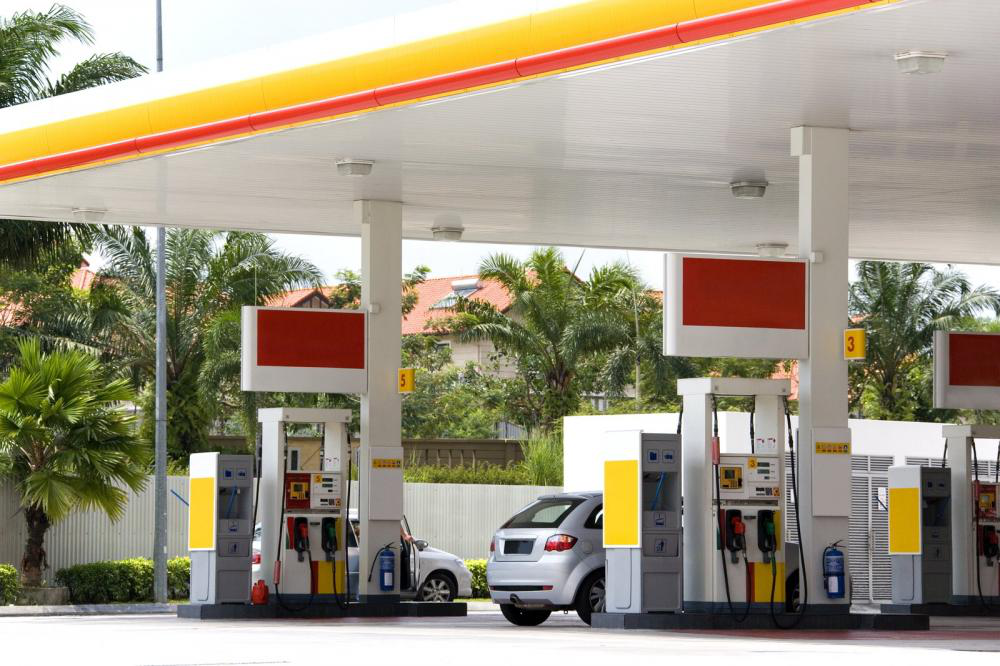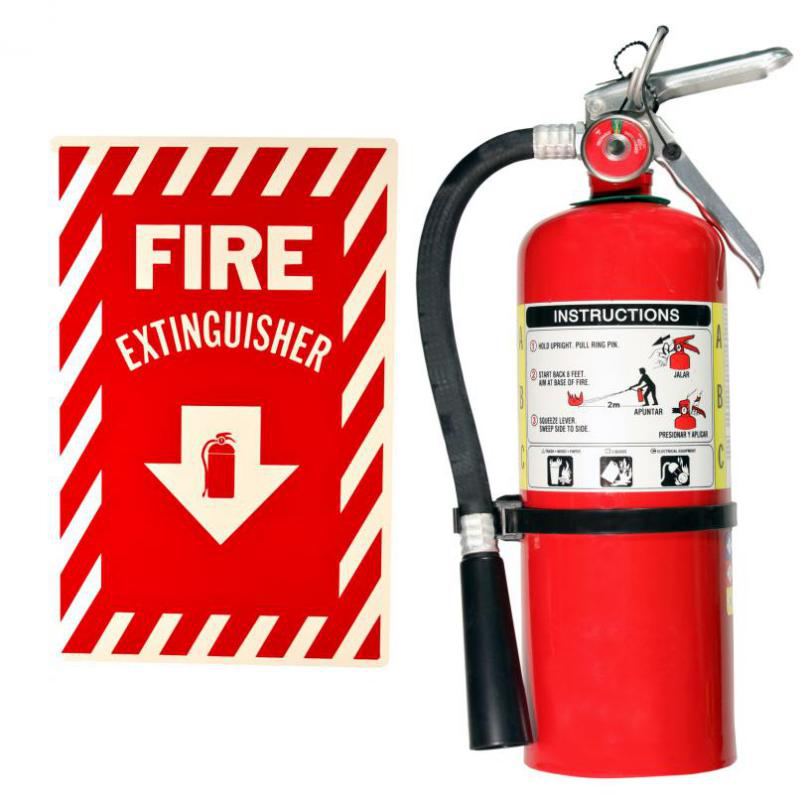 Regular inspections are necessary in gas stations to provide both the stakeholder and customers a safer environment to do business. Individual situations may vary, but safety inspection for a gas station will generally include the following things:
Regular inspections are necessary in gas stations to provide both the stakeholder and customers a safer environment to do business. Individual situations may vary, but safety inspection for a gas station will generally include the following things:
Emergency Procedures
There should be emergency procedures for fire, spillage, accidents an equipment failure. These emergency procedures should be reviewed every month and updated as per necessity.
All the employees must be trained and aware of these procedures so that they can be carried out in a timely manner.
Emergency Numbers
A list of emergency numbers that includes, fire brigade, ambulance and the police, should be prominently displayed at the central console, near the phone.
Emergency Stop
There must be a main emergency stop that cuts of power to all dispensing units. This emergency stops should be in an accessible place and must not be blocked with racks or shelves.
The emergency stop must be labeled prominently and should be tested once every month to make sure that it is functioning properly.
Safety Equipment
The most important safety equipment in natural gas stations is fire extinguishers.

There must be at least two-powder type fire extinguishers in the gas stations. The minimum rating of the fire extinguishers should be 2A 60B(E). The fire extinguishers should be adequately labeled and should be placed in a place from which they can be accessed without any danger in case of emergency. They need to be serviced every 6 months so that they remain effective.
Other safety equipment includes a spill kit. Oil spills are dangerous as a fire can spark in no time. They must be dealt with immediately, which is why spill kits are very important in a gas station for safety.
A first aid safety kit should be present at the convenience store and the office. Read more about service station safety tips.
Site plan and Risk assessment
A site plan and risk assessment should be prepared and maintained regularly. This will include the inventory of the goods on the site, especially the dangerous goods, such as combustible gas and flammable liquids.
A risk assessment ensures that the property owner is aware of all the potential dangers that are present on the site and all the steps are being taken to mitigate those risks.
These are all DIY inspection and safety tips that can be done by the station owners themselves. But what about the safety of the fuel tanks and gas pumps? For that, a professional inspection of the gas station must be conducted regularly, so that any potential dangers can be taken care of beforehand.
Call us today for a professional inspection of your gas station at 1-800-238-1225. We also provide on-site repairs for all gas station equipment, so that any problem is resolved within no time.





Pingback: All You Need to Know About Service Station Nozzles – John W. Kennedy Company Blog